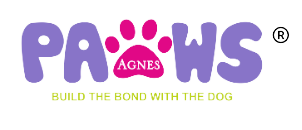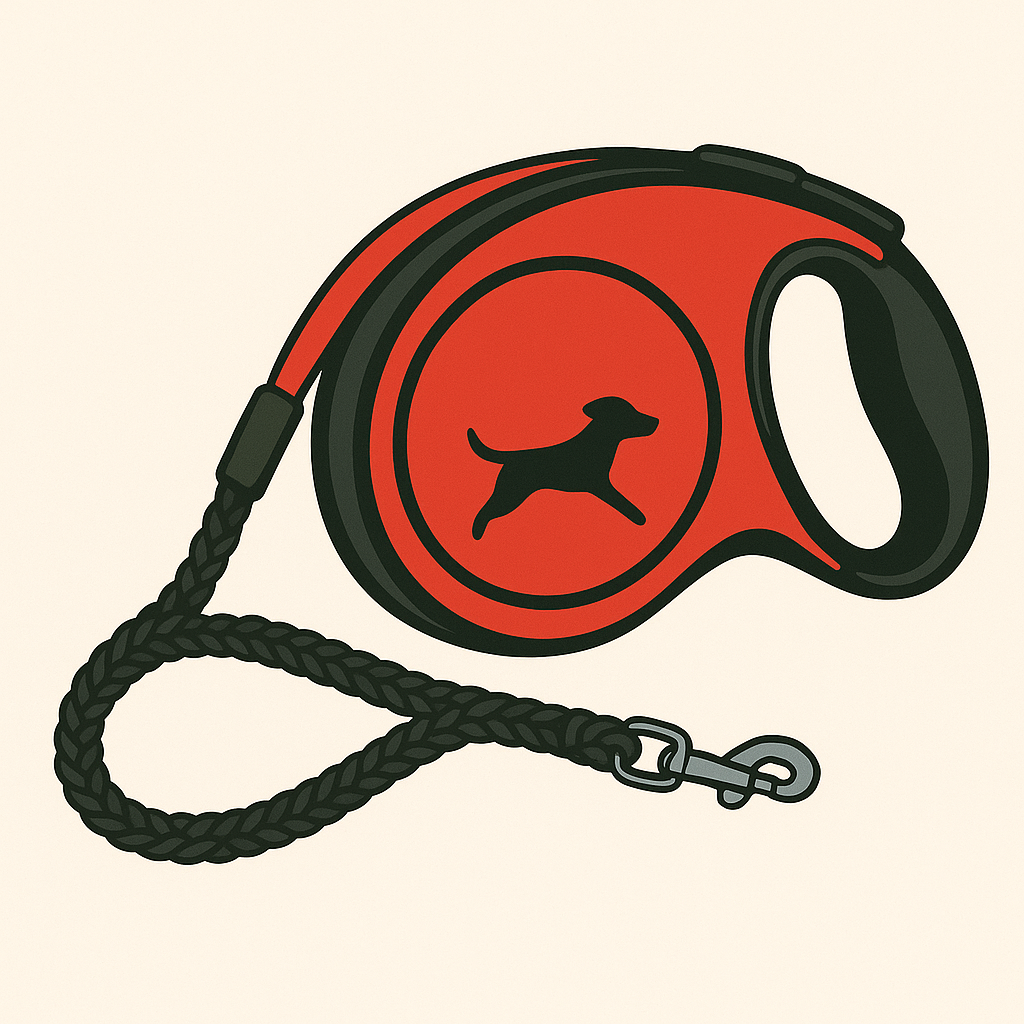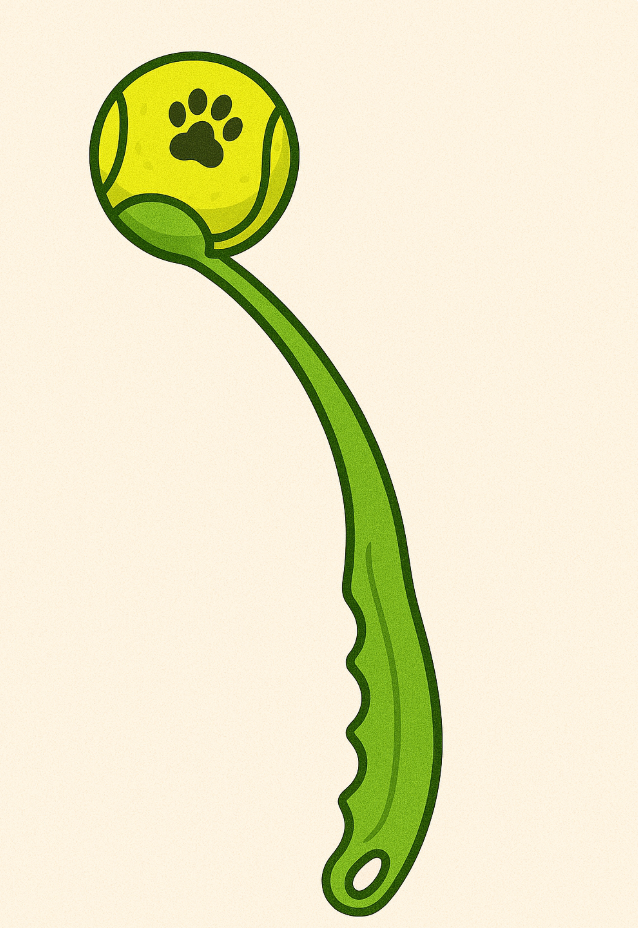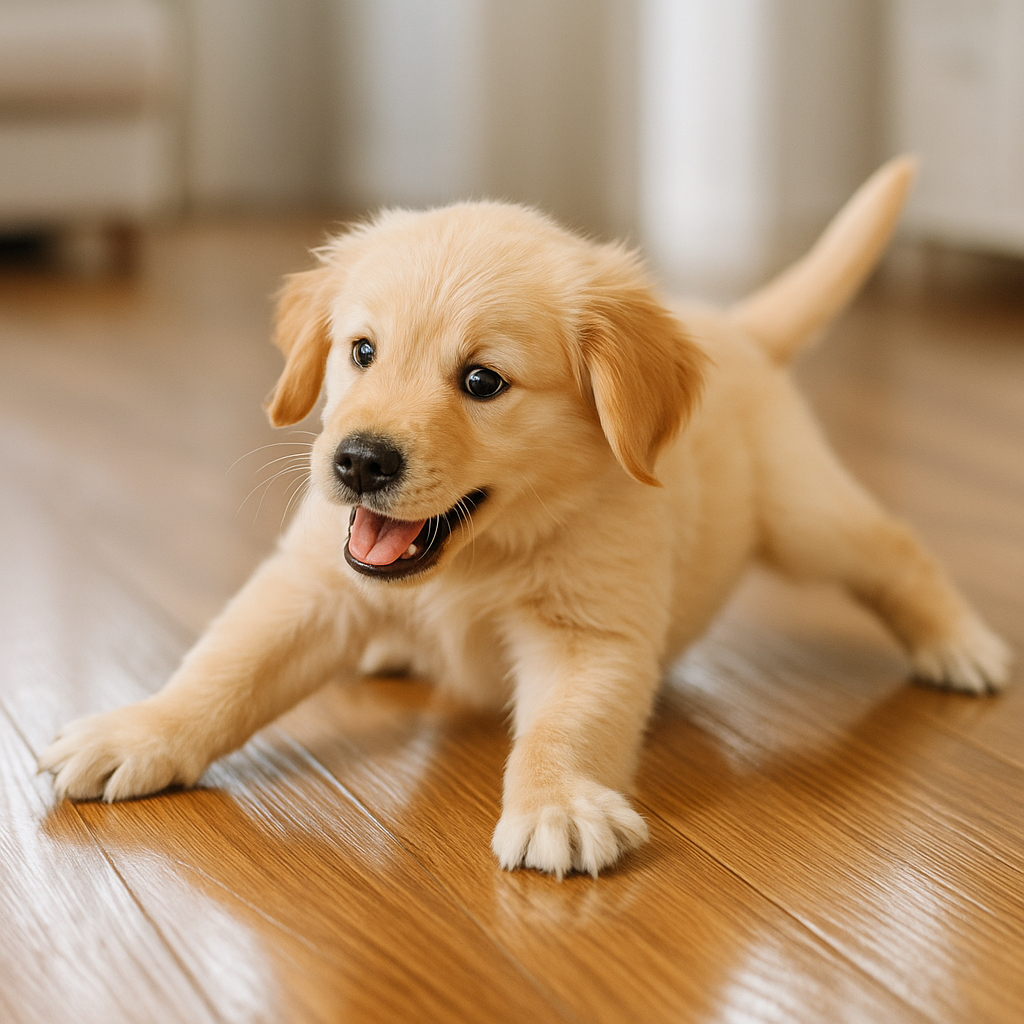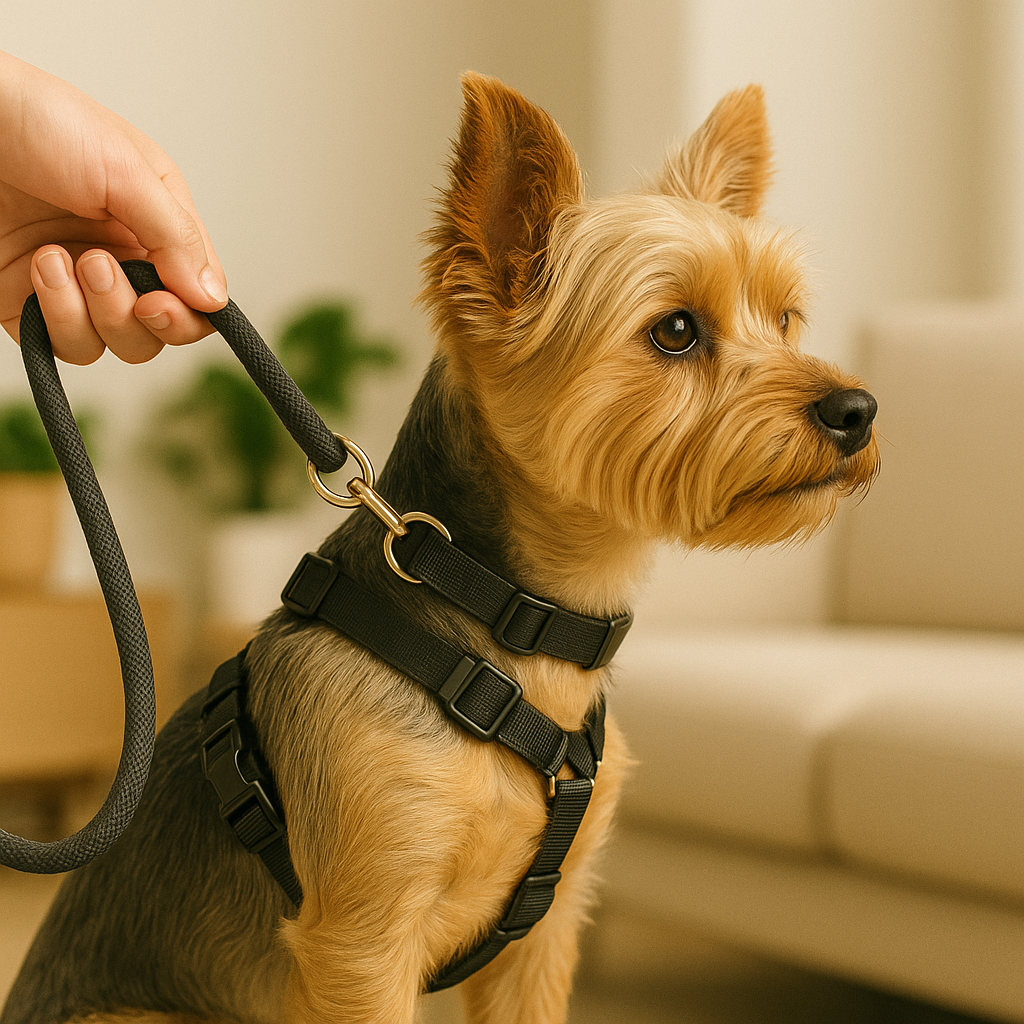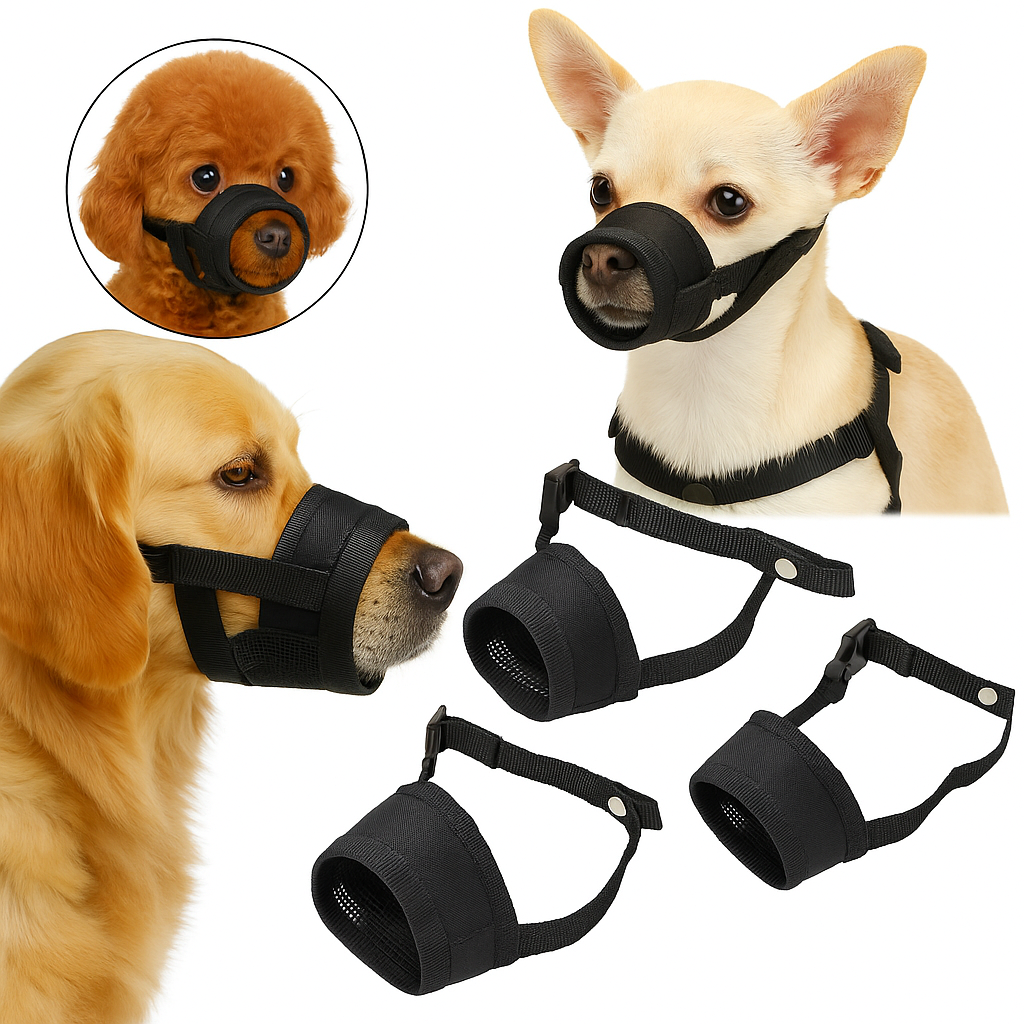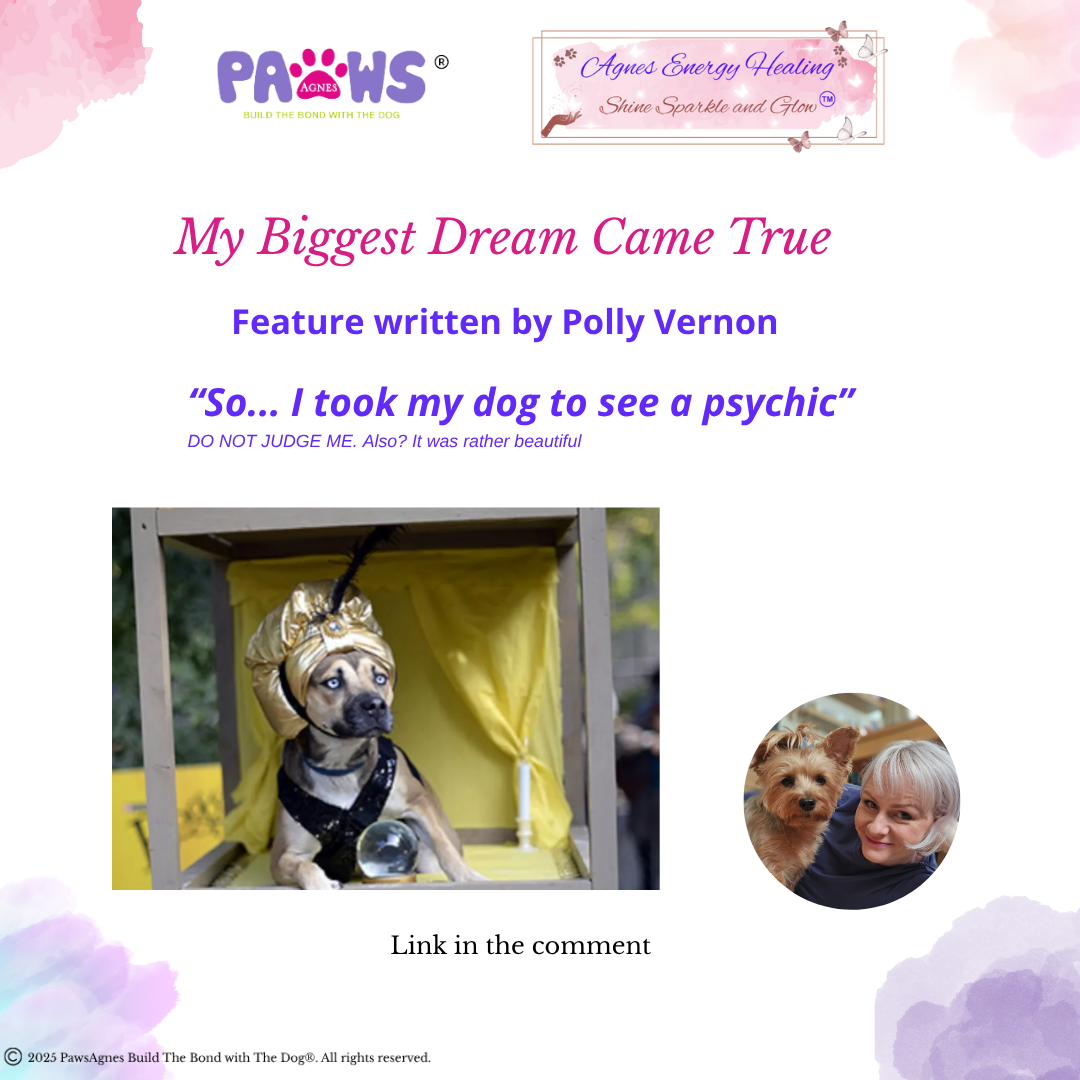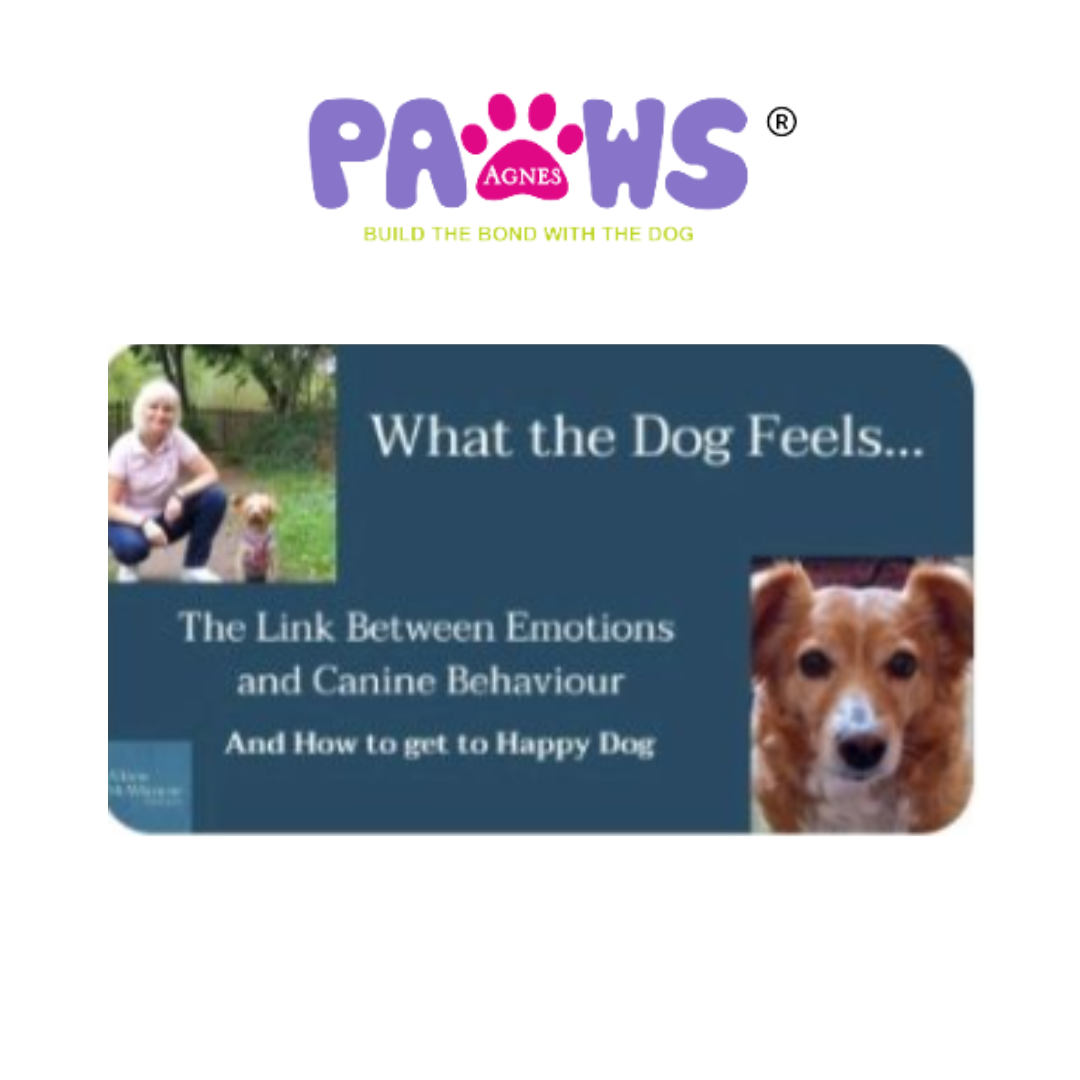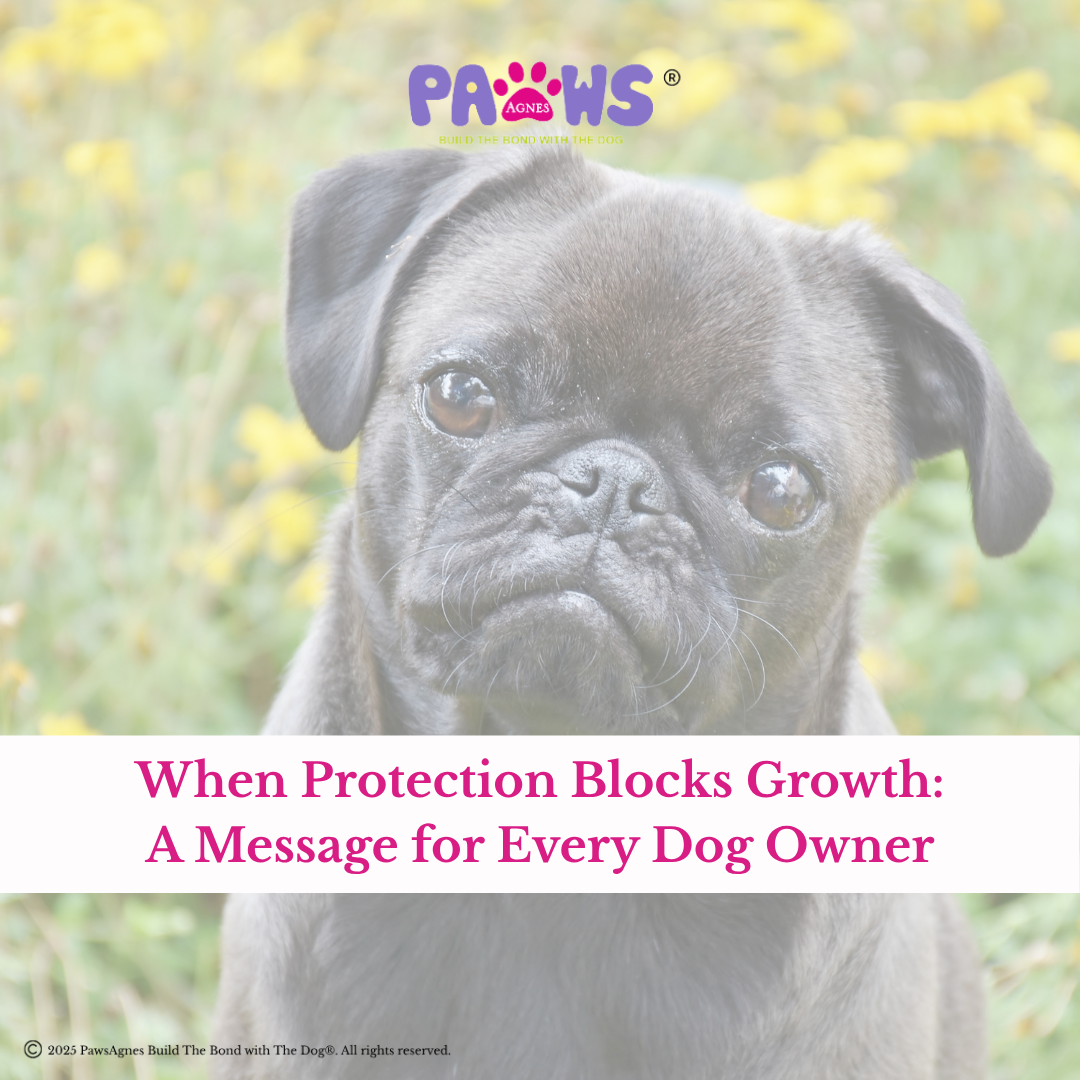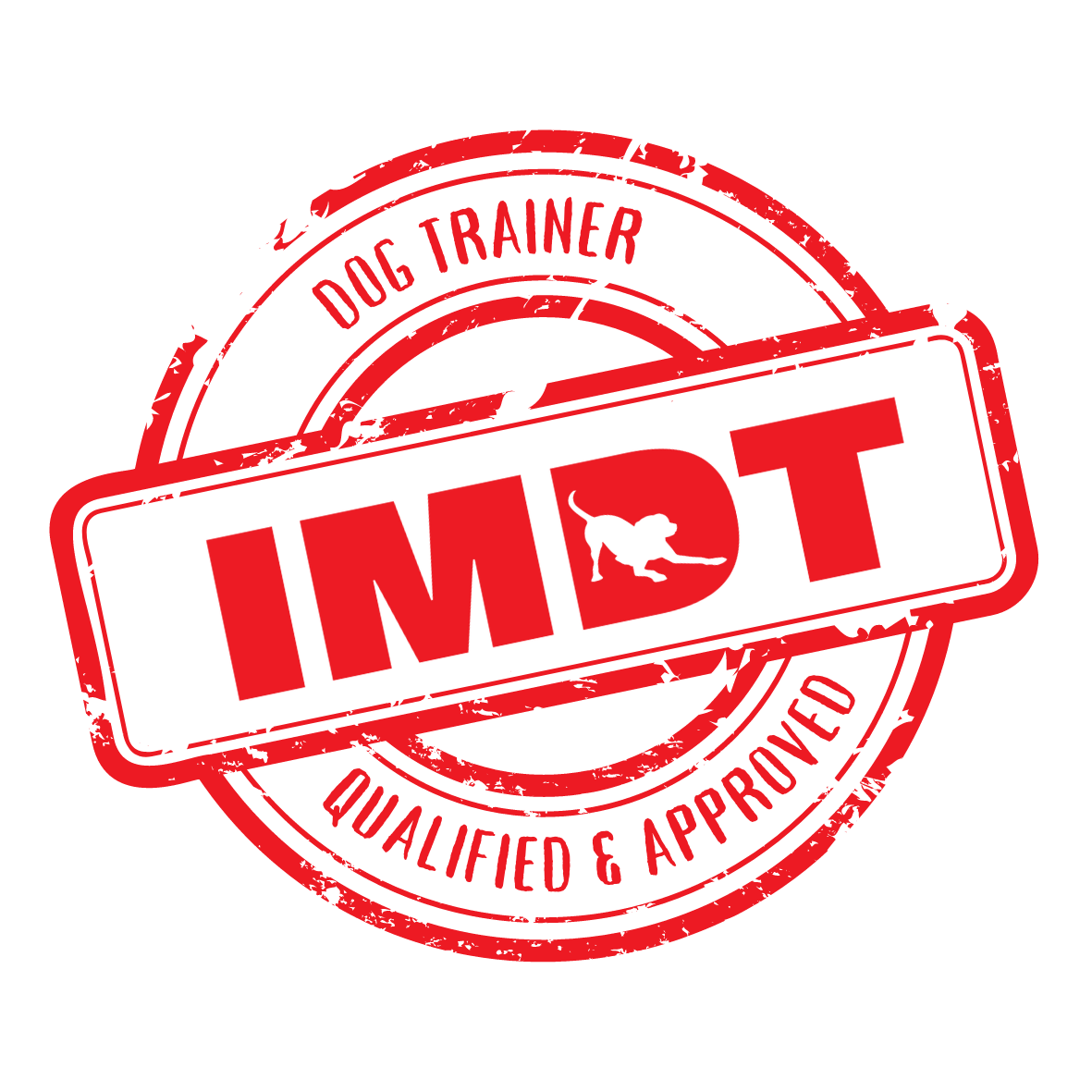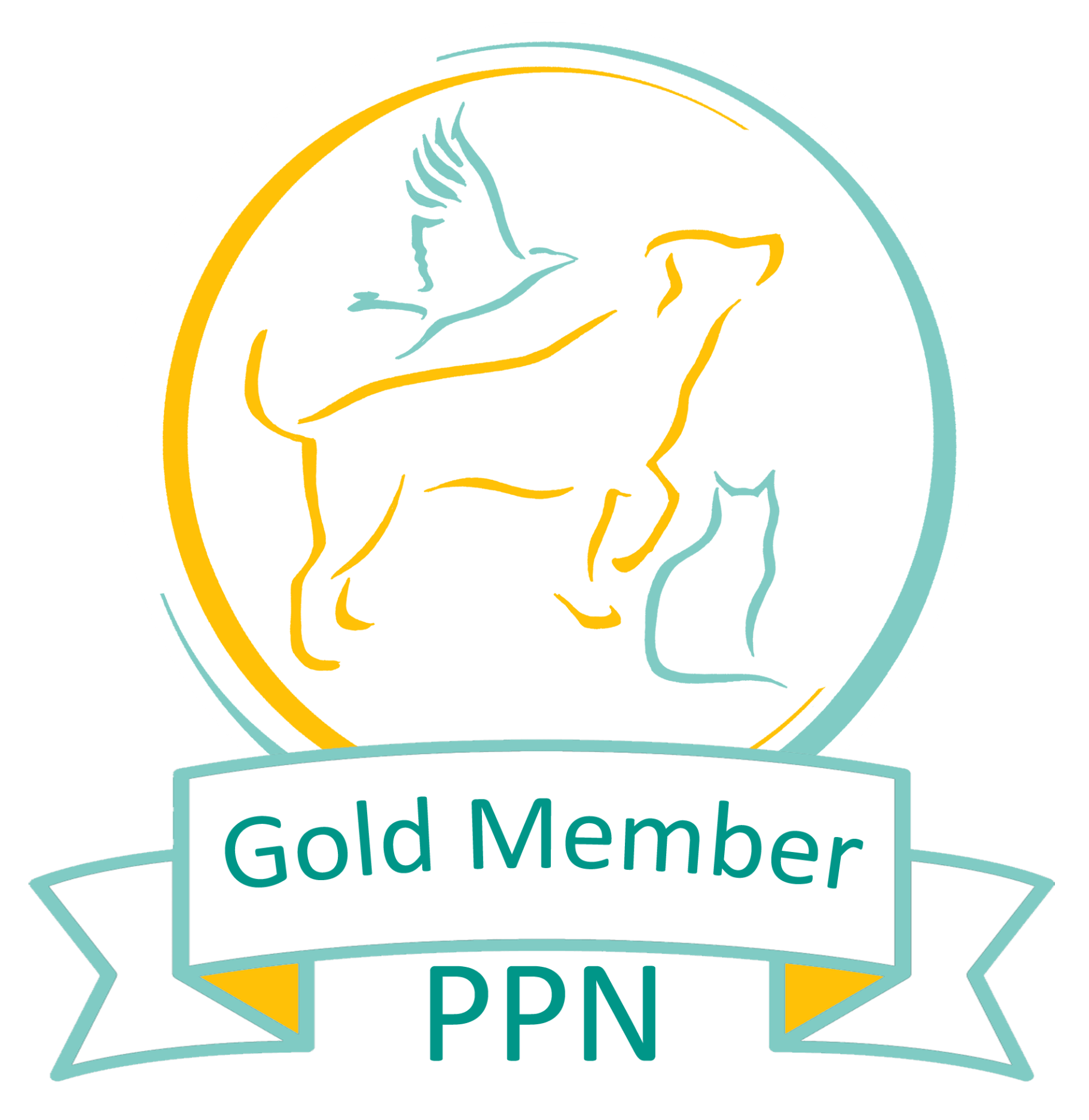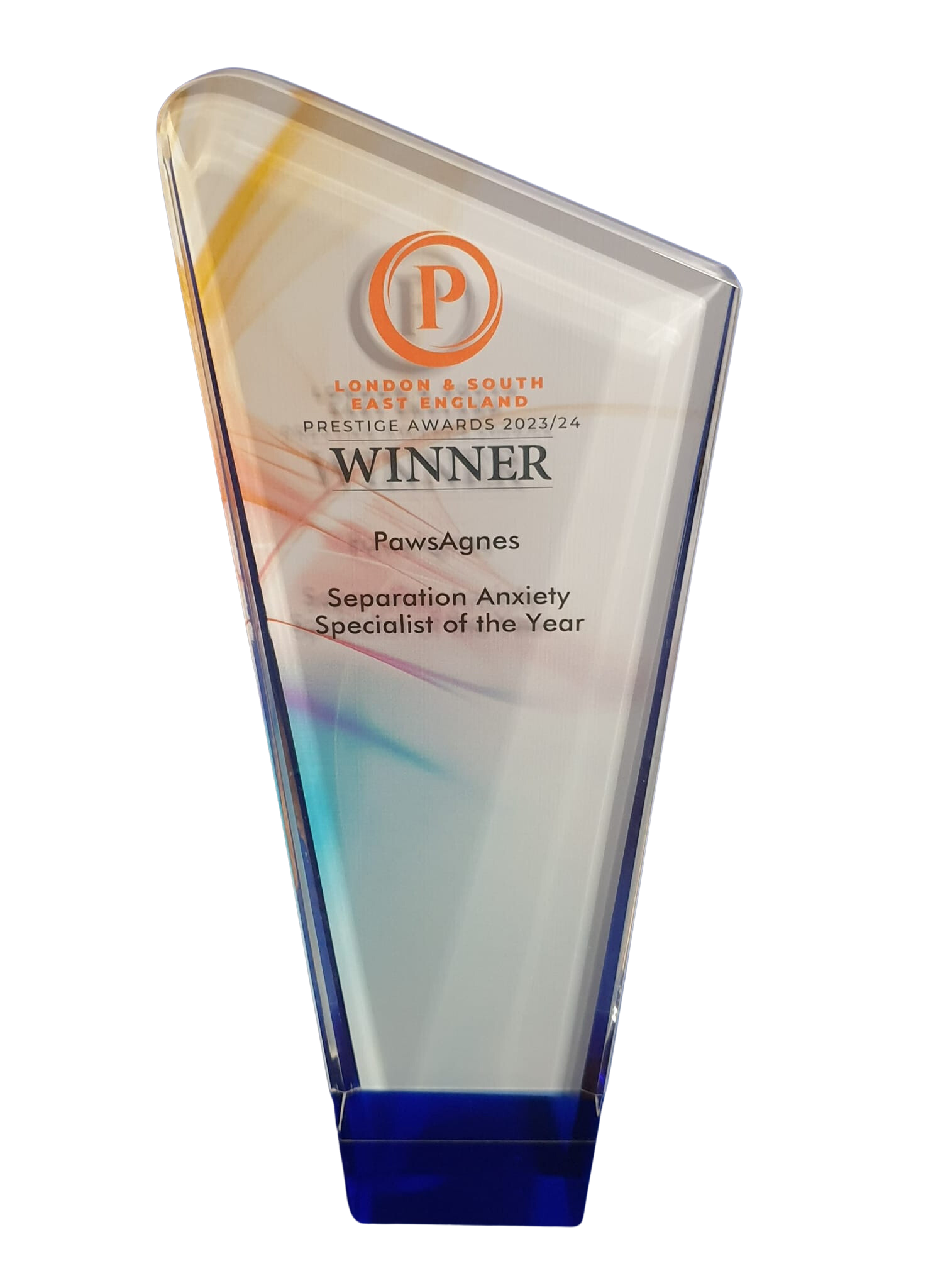You know the leads I mean - those long, springy, extendable ones that seem like freedom. But to your dog, they feel like constant pressure.
Imagine someone always holding you back. You want to explore, but every turn, every step, there’s tension. It’s frustrating. Stressful.
Now imagine you're already anxious or fearful—and every time you react, there’s a sudden jolt or sound. In time every time you feel the jolt or sound of that lead your brain will go: “Uh-oh, something’s wrong.” Even when it’s not.
Your dog starts predicting danger based on those sounds or sensations, and that builds reactivity.
Even reaching into your pocket for your phone might make your dog tense up, thinking, “Oh no! A dog’s coming!” simply because of the associations.
That’s what it’s like for many fearful or reactive dogs on these leads. They begin to associate tension, sound, and even your hand reaching into your pocket with danger.
That’s why I recommend the lead on my website. It has three length options, allows loose lead walking, and gives your dog freedom, without overstimulation.
It’s not just a lead; it’s a better way to connect.
